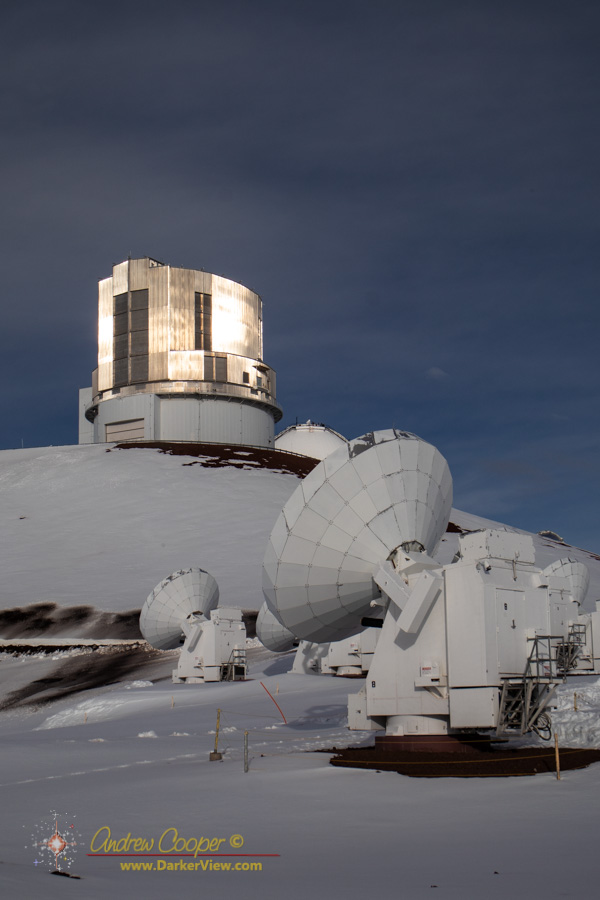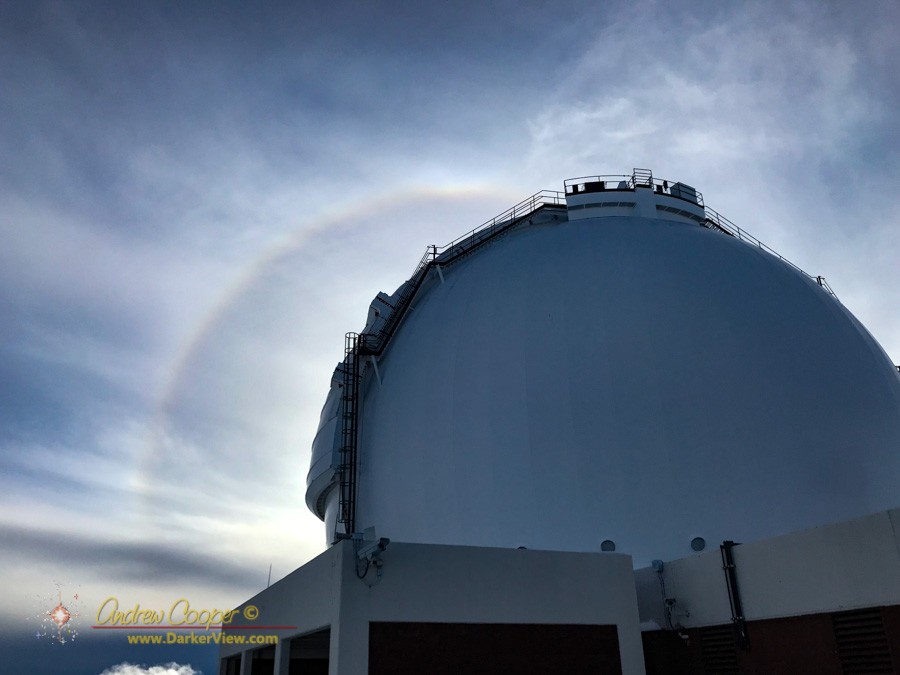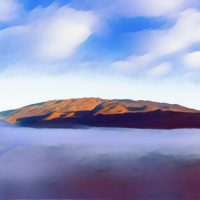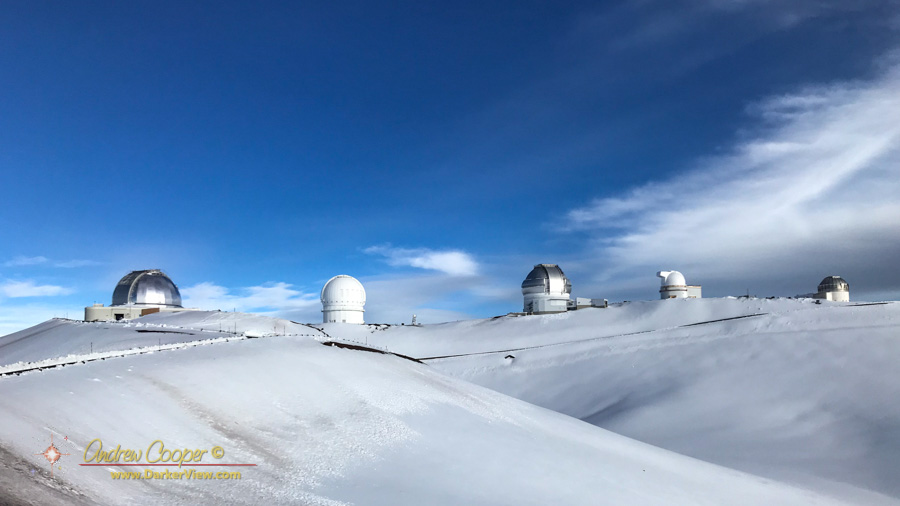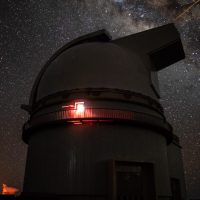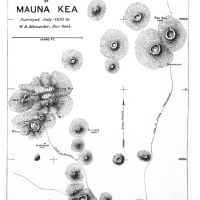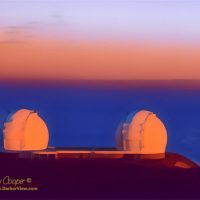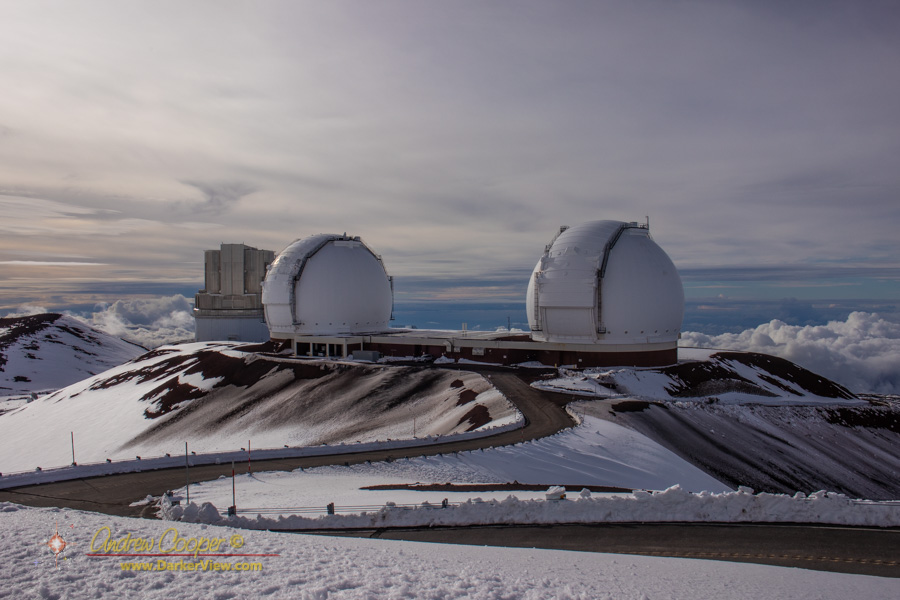
Category: Mauna Kea
The Mountain
SMA and Subaru
22° Halo
Ski Mauna Kea
Mauna Kea Public Access Rules Take Effect
On January 13th, 2020 Governor Ige signed the controversial rules governing public and commercial activities on Mauna Kea Lands. They take effect ten days from the signing, on January 23rd.
I have mixed feelings on these rules. Some of the rules are badly needed to control public activity atop the summit of Mauna Kea, rules that can help preserve and protect this place. I believe other rules go too far, attempting to regulate visitor activities that have no impact on the mauna.
My concerns on these rules are known, I have written about them here on DV and I have testified at each round of public hearings. I will not editorialize this time, the rules are now finalized. Those who go to the mauna should be aware of what has changed, and much has changed, expect these rules to be implemented in coming months.
Continue reading “Mauna Kea Public Access Rules Take Effect”Fresh Snow
Were cultural sites destroyed when building observatories?
Another of the myths that plague this conversation. While not as commonly stated as some of the other myths discussed here, it has been persistent and seems to pop up regularly.
When the 12 existing facilities were built, not only were laws waived, heiau and ahus were bulldozed into trash heaps.
wailana in a comment on Ian Lind’s blog 14Sep2019
The myth is clearly an attempt to show that the state callously allowed the destruction of cultural properties in the past, thus showing that the state does not care for Hawaiian issues and would break its own laws.
Continue reading “Were cultural sites destroyed when building observatories?”Were the telescopes built without permits?
This is another fairly common myth about the existing telescopes on Mauna Kea, that most of the telescopes were built without permits or issued “after-the-fact” permits after construction.
This is another myth built on a kernel of truth, the two earliest of the remaining thirteen telescopes were built without proper conservation district use permits in place. What is now Hoku Kea was built by the Air Force Cambridge Research Laboratories and given to the university a couple years later. The UH88 was built by the University of Hawaii in 1968.
As this was the State of Hawaii building on state land, apparently things were a bit lax. In retrospect this is no surprise, the state government was scarcely a decade old at this point and many of the administrative rules and regulations we now take for granted were still being written and implemented.
This is where the myth comes in, as somehow the other telescopes are accused of the same issue. The claim often made is that “most of these structures were un-permitted”. This is often claimed as part of the evidence for mismanagement by the university.
This is incorrect… All of the remaining telescopes were built with proper permits in place. The key permits are the Conservation District Use Permits or CDUP’s that allow the use of state land on the summit of Mauna Kea. Permit numbers and dates are listed in the table below…
Continue reading “Were the telescopes built without permits?”Was the real summit of Mauna Kea destroyed to make way for a telescope?
The idea that one of the existing telescopes sits on what was the real summit of Mauna Kea is persistent.
and NO there is NO RECTIFYING of the DAMAGES TO MAUNA KEA!!! Damnit man they sheered OFF the summit to INSERT the Kecks into The Pu’u that was the SUMMIT. What an ignorant thing to say!!!
Susan Rosier in a Facebook comment, 4 Aug 2019
While not a common claim this idea keeps popping up. It was even repeated by Kealoha Pisciotta under oath during the contested case. In her case she claimed it was the nearby summit ridge that was shaved off, and they “just moved the summit”.
Continue reading “Was the real summit of Mauna Kea destroyed to make way for a telescope?”The observatories pay no rent?
There are two thing that opponents neglect to mention in this accusation. The observatories do pay the state money, quite a bit actually, about $4.4 million per year. Opponents also fail to understand why that $1 rent came about and the history of astronomy on the mauna.
In often nasty accusations, the $1 rent is used to imply that the observatories get a free ride, costing the state and county, and therefore the taxpayers. This is the part that is completely false, the observatories not only pay their share of costs, but have significantly benefited the island economy in very direct ways.
Continue reading “The observatories pay no rent?”
